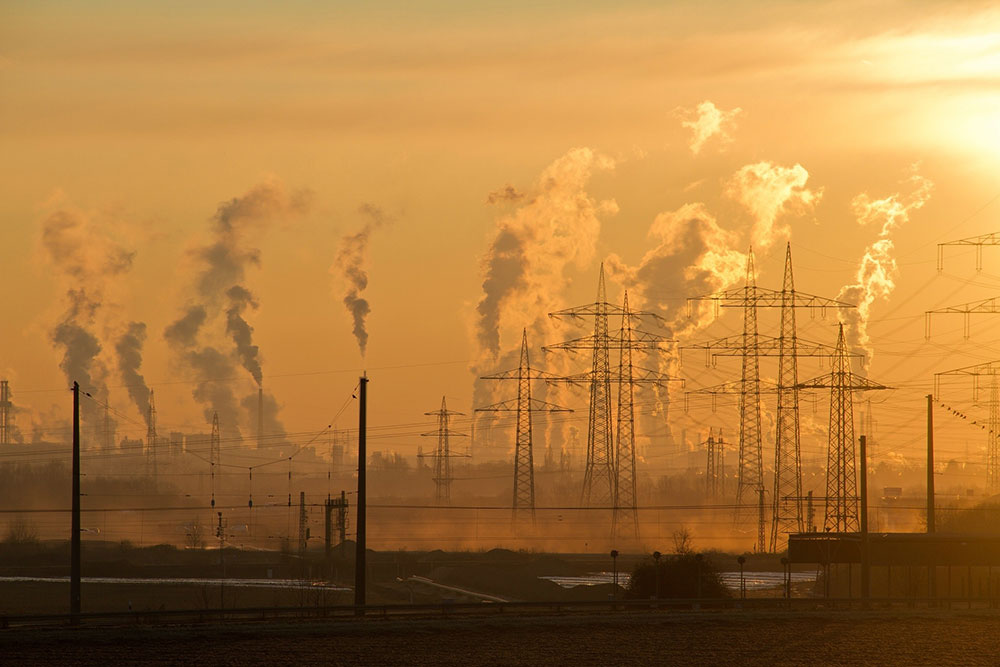
A new study of global patterns of simultaneous climate extremes has found future incidents will be exacerbated by human-driven climate change.
Published in , the study used historical global data to:
- assess the spatial concurrence of climate extremes by first analysing the proportion of land grid cells (excluding Antarctica) that experienced climate extremes each month from years 1901-2020;
- develop a statistical framework for assessing the spatial concurrence of climate extremes at the grid, regional, and global scales;
- understand future changes in global concurrent climate extremes by splitting historical and future simulations into two 100-year periods – historical (1901-2000) and future (2001-2100) – and use the historical thresholds to define climate extremes for both periods.

, from Griffith’s co-authored the study and said while the future risks of climate extremes varied geographically, they were becoming more strongly interlinked through further warming with increased climate variability and spatial dependence of climate extremes.
“The increasing global concurrent climate extremes pose large risks to our society and ecosystems,” Professor Yu said.
“In particular, the strongest increases in the past and projected future concurrent temperature extremes occur in tropical regions, where many developing countries have been mostly affected by climate change and are probably the least able to afford the consequences of future increases in temperature extremes.”
The findings also highlighted that increasingly co-occurring temperature extremes would also weaken the capability of tropical ecosystems to act as the largest land-based carbon sinks and further amplify global climate change.
Simultaneously, increasing rainfall variability and concurrent rainfall extremes would cause more droughts and floods simultaneously, particularly in tropical and northern high-latitude regions, making the adaption to future climate change more difficult.
Professor Yu and the authors also noted that although ambitious climate mitigation targets such as those simulated in SSP126* would ultimately be achieved, climate extremes were still projected to greatly increase compared with historical conditions.
“The increasing concurrent climate extremes and their severe impacts demand urgent international actions to reduce emissions of greenhouse gases and limit climate change impacts,” Professor Yu said.
“Long-term mitigation and adaptation strategies are needed to deal with the elevated risk arising from increased frequency, intensity, and spatial extent of climate extremes.”
“Our understanding of the global pattern of concurrent climate extremes and their responses to different levels of anthropogenic forcings will inform effective mitigation and adaptation strategies to enable better preparation for future climate extremes.”
The research ‘‘ has been published in Science Advances.
*SSP126: This scenario with 2.6 W/m² by the year 2100 is a remake of the optimistic scenario RCP2.6 and was designed with the aim of simulating a development that is compatible with the 2°C target. This scenario, too, assumes climate protection measures being taken.








